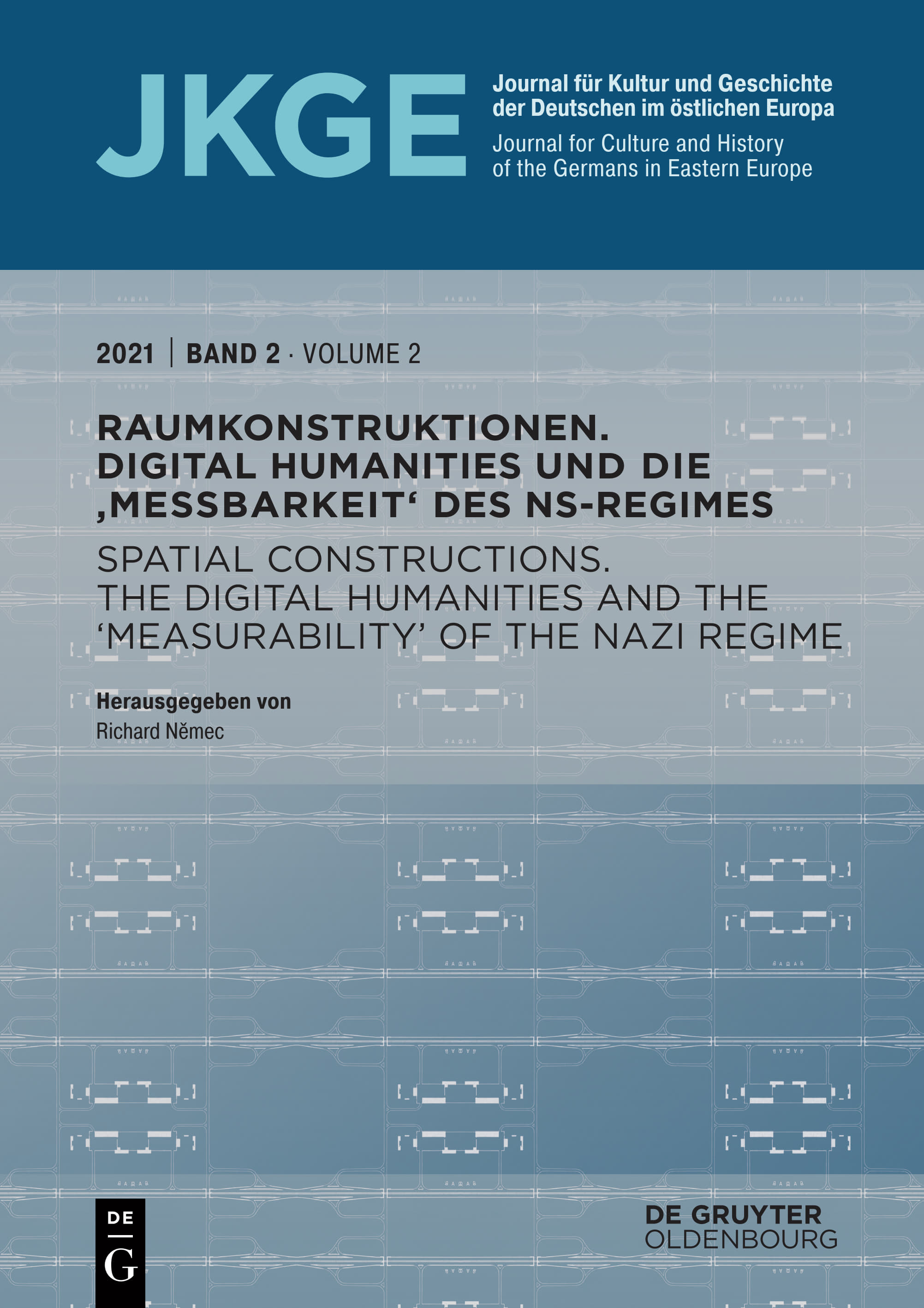Messbarkeit und Willkür in der NS-Siedlungsplanung. ‚Menscheneinsatz‘ und ‚völkische Planwirtschaft‘ in den eingegliederten Ostgebieten
Measurability and arbitrariness in Nazi settlement planning. 'Human labour' and 'national planned economy' in the incorporated eastern territories
Author(s): Karl KeglerSubject(s): Architecture, WW II and following years (1940 - 1949), Fascism, Nazism and WW II
Published by: De Gruyter Oldenbourg
Keywords: Quantitative methods; Nazi regional planning; central places; regional economic capacity; population planning;
Summary/Abstract: The collection, aggregation, and operationalisation of data has historical antecedents. This article examines the use of quantitative methods in Nazi spatial and population planning in three case studies: Gottfried Feder's and Fritz Rechenberg's urban planning theory, Gerhard Isenberg's regional economic capacity method, and Walter Christaller's wartime population distribution planning that was based on his Central Places Model. As a result, using these examples, it is found that figures that look precise and objective turn out to be based on questionable methodological, or rather ideological, suppositions. For the analysis of quantitative methods in their historical context, this evidence questions the connection between a pretended normality and normativity.
Journal: Journal für Kultur und Geschichte der Deutschen im östlichen Europa
- Issue Year: 2/2021
- Issue No: 1
- Page Range: 39-56
- Page Count: 18
- Language: German

